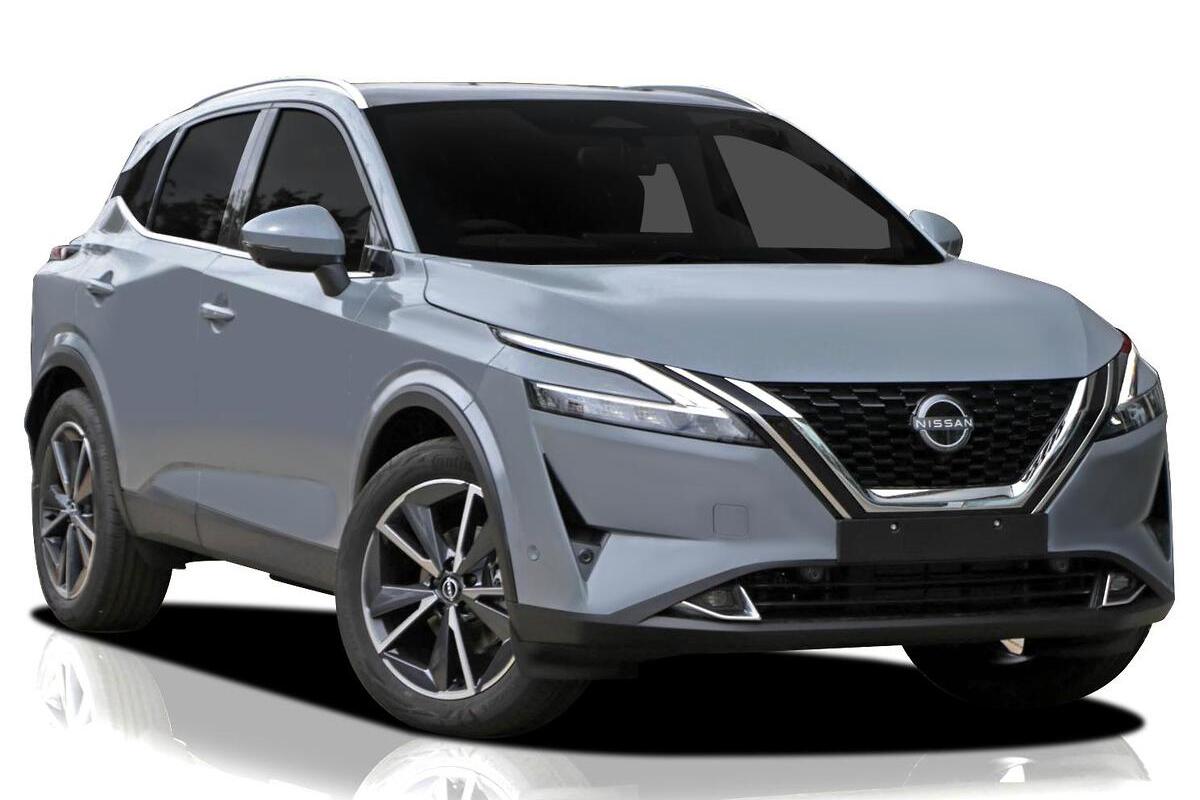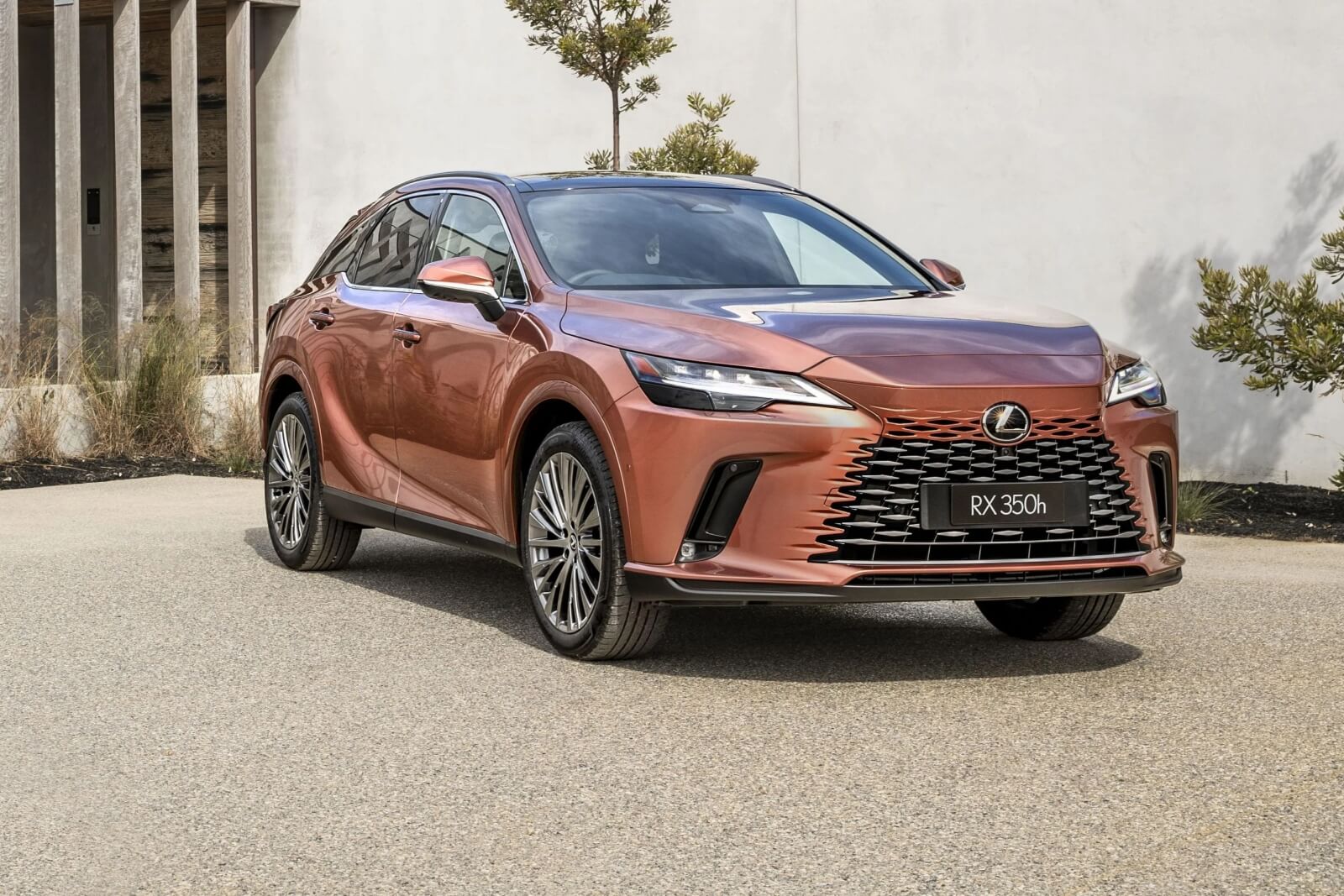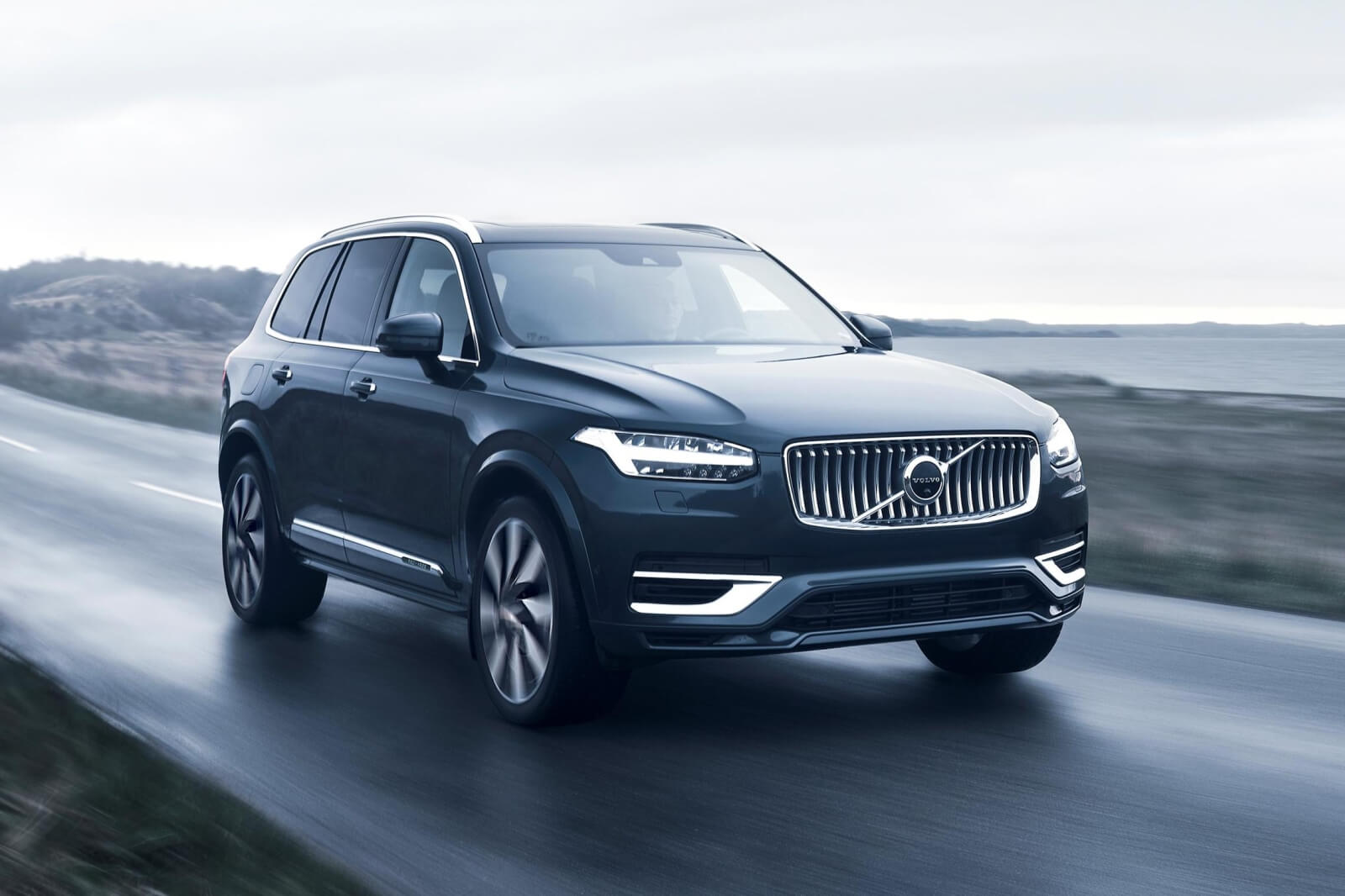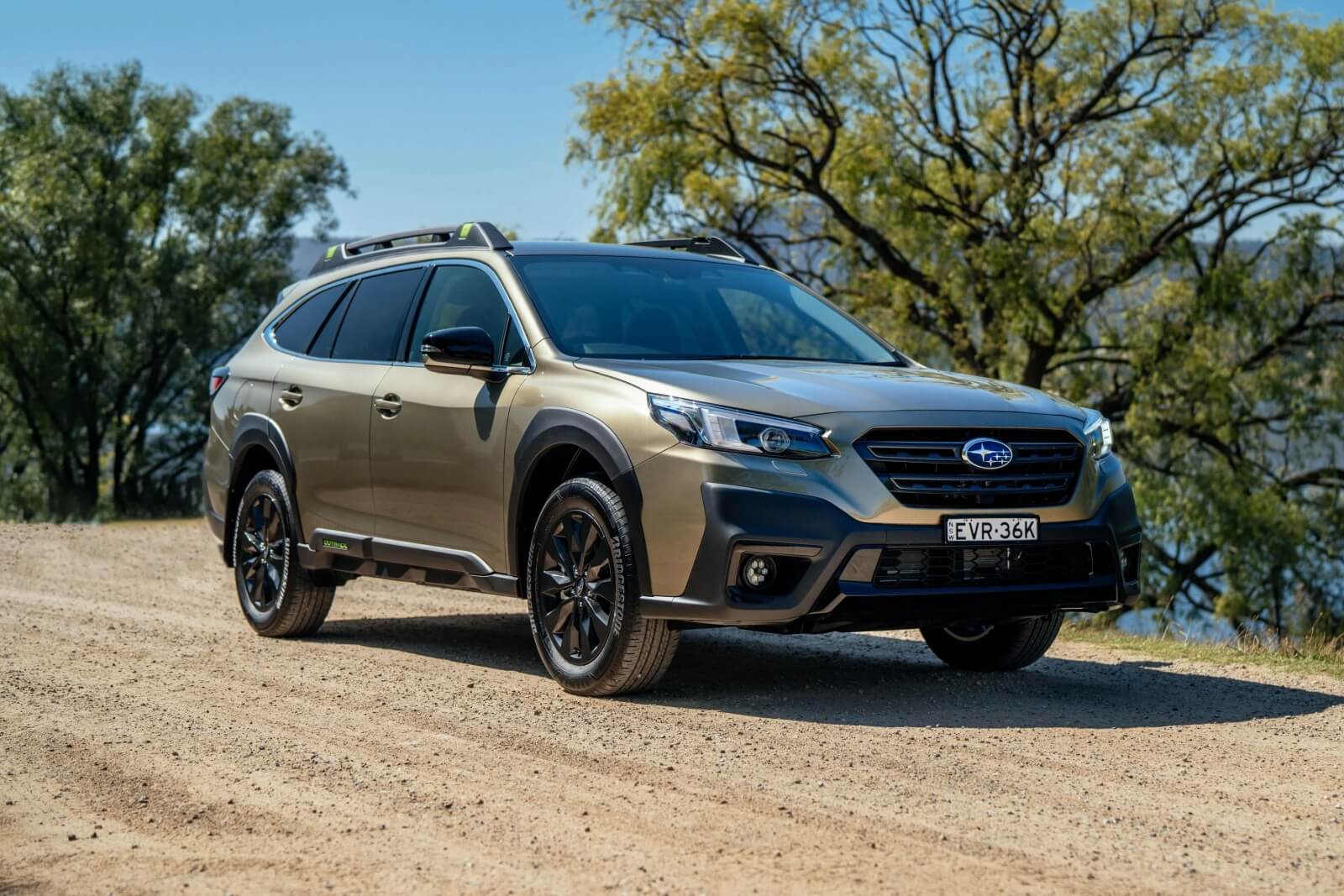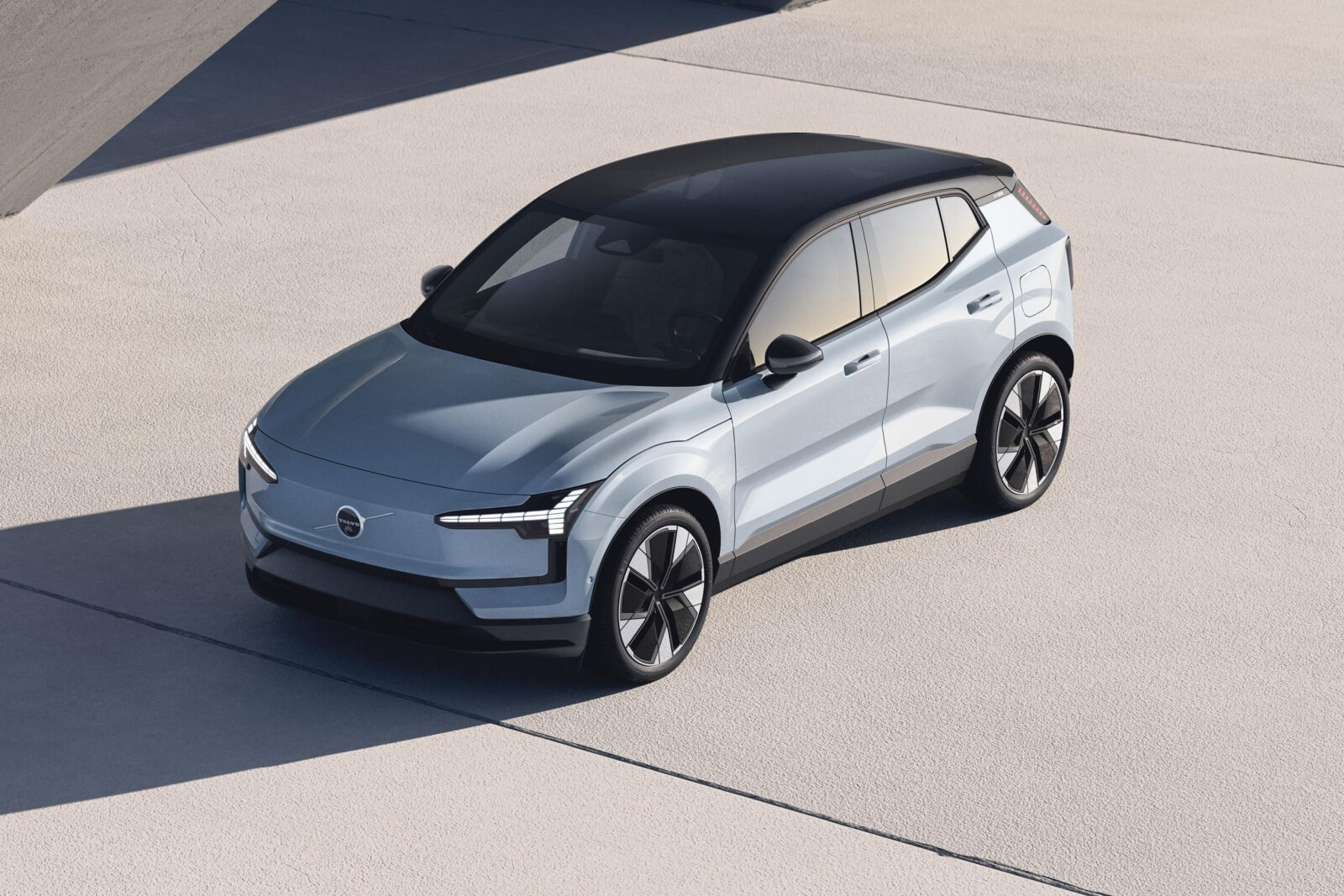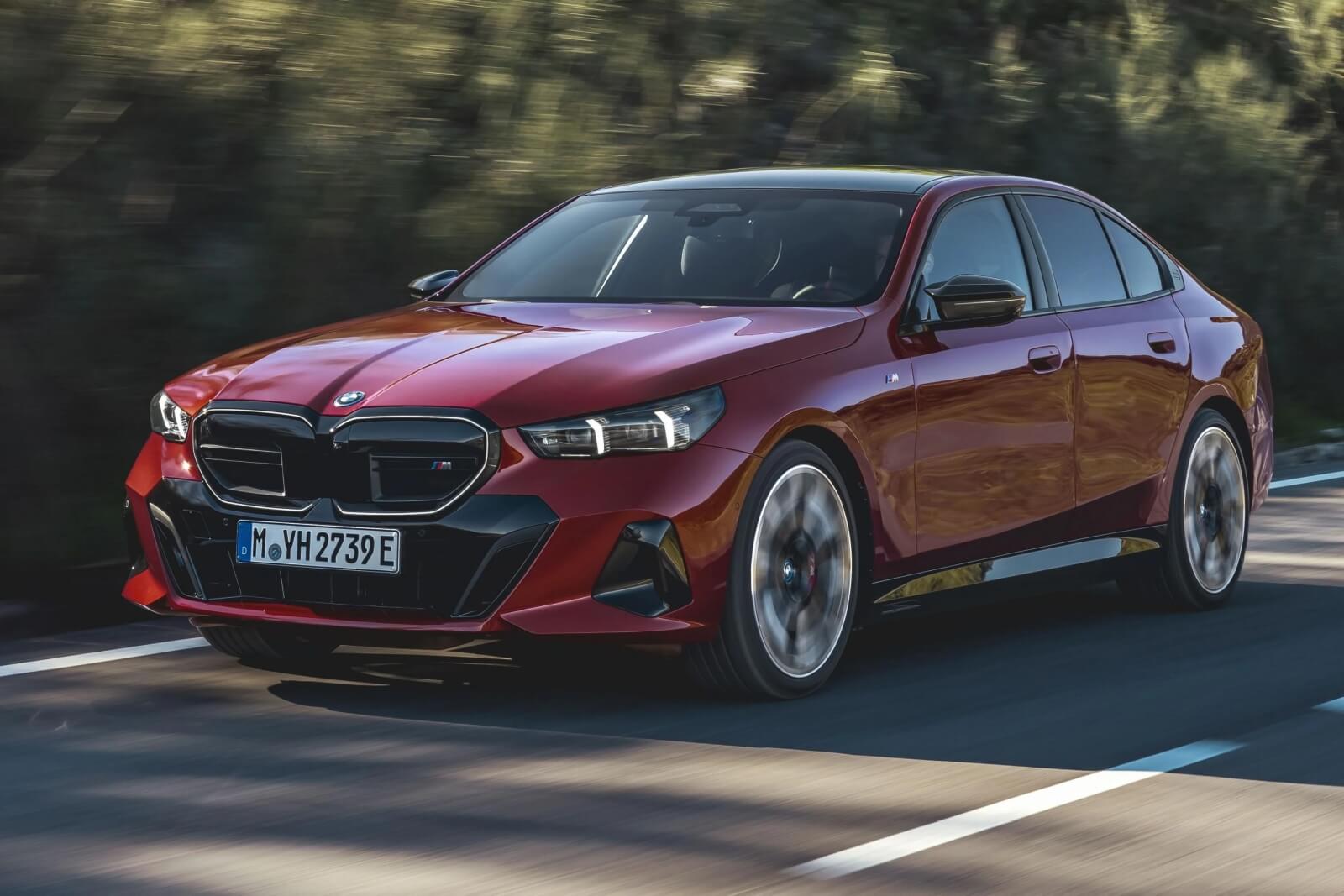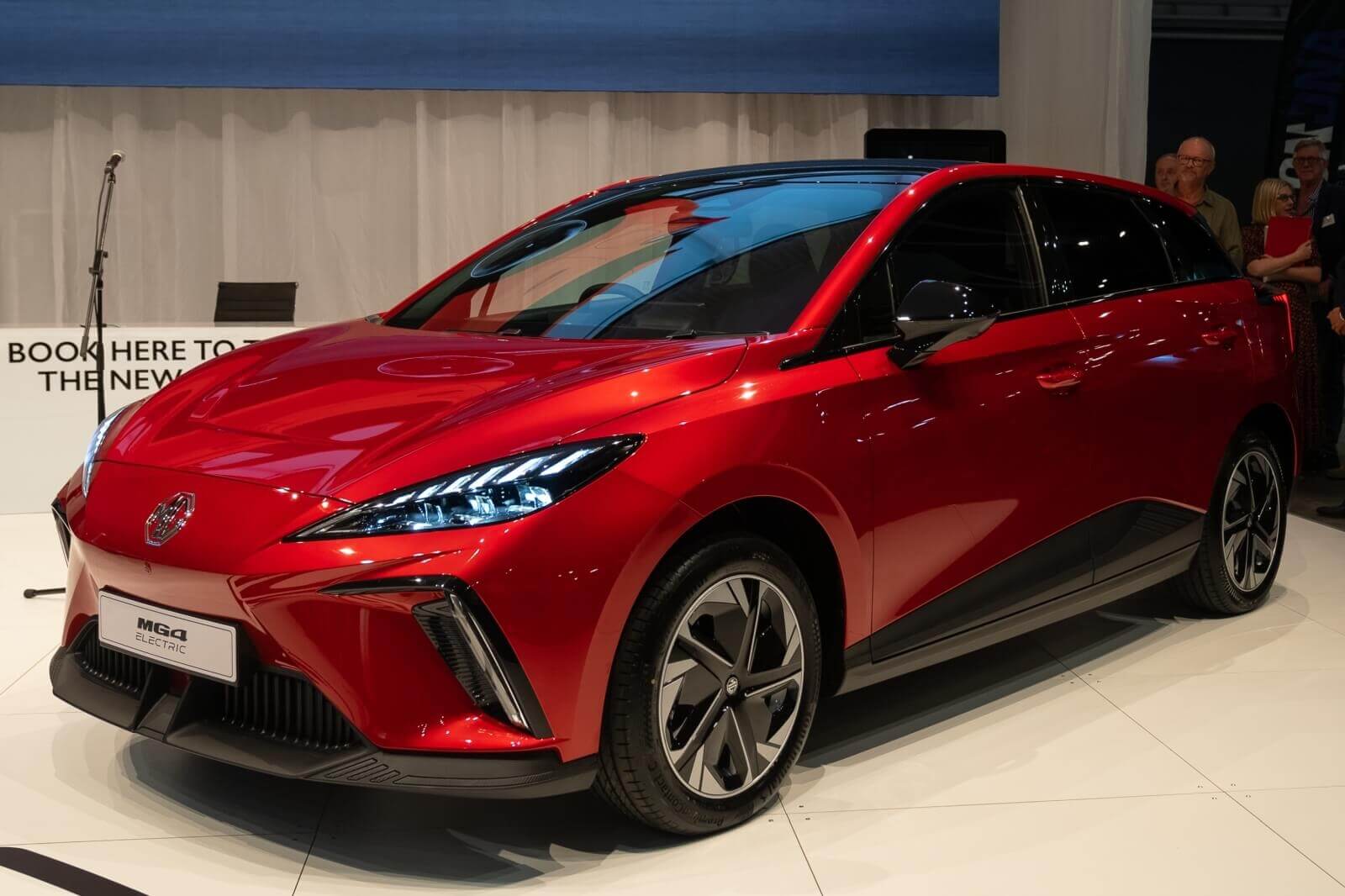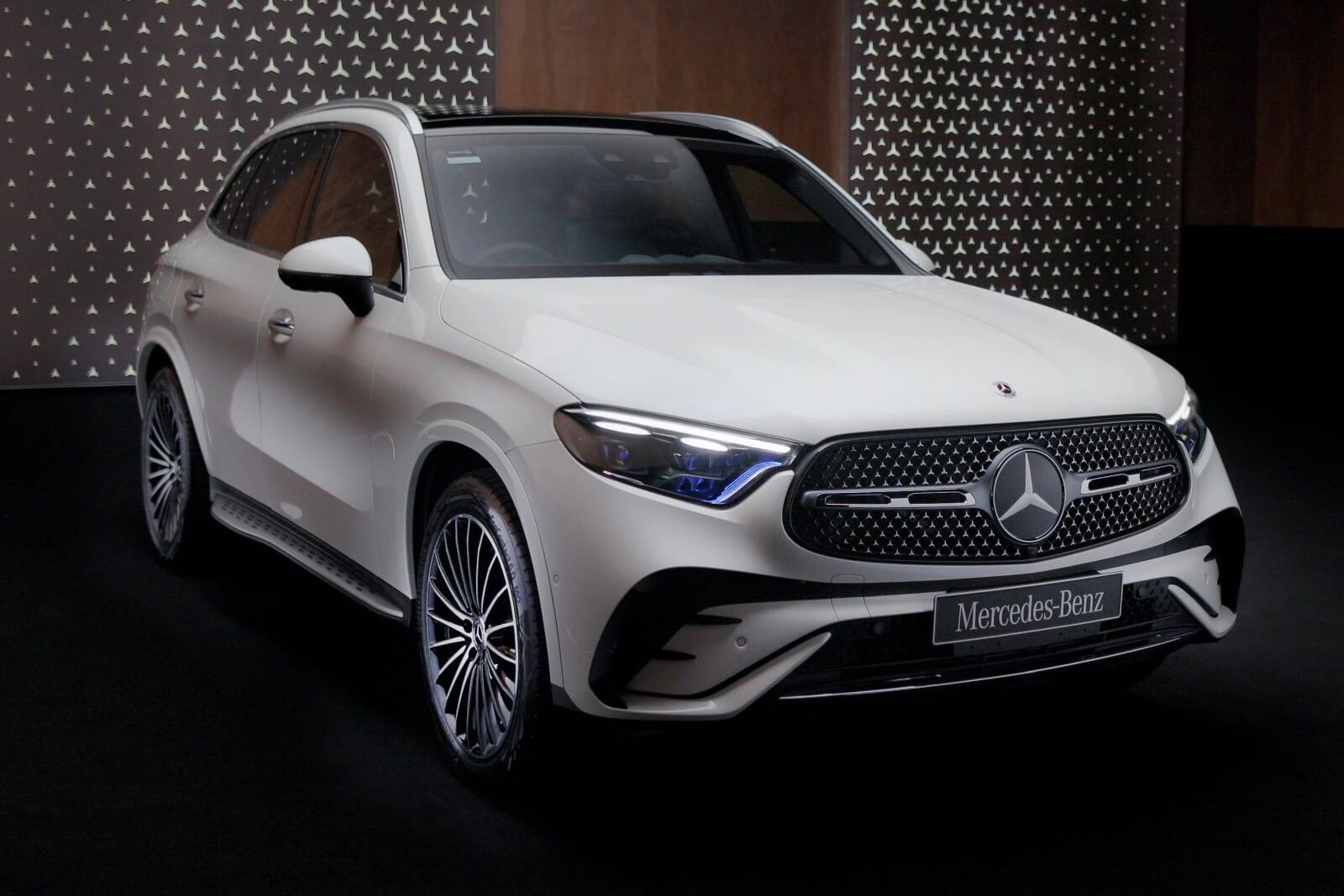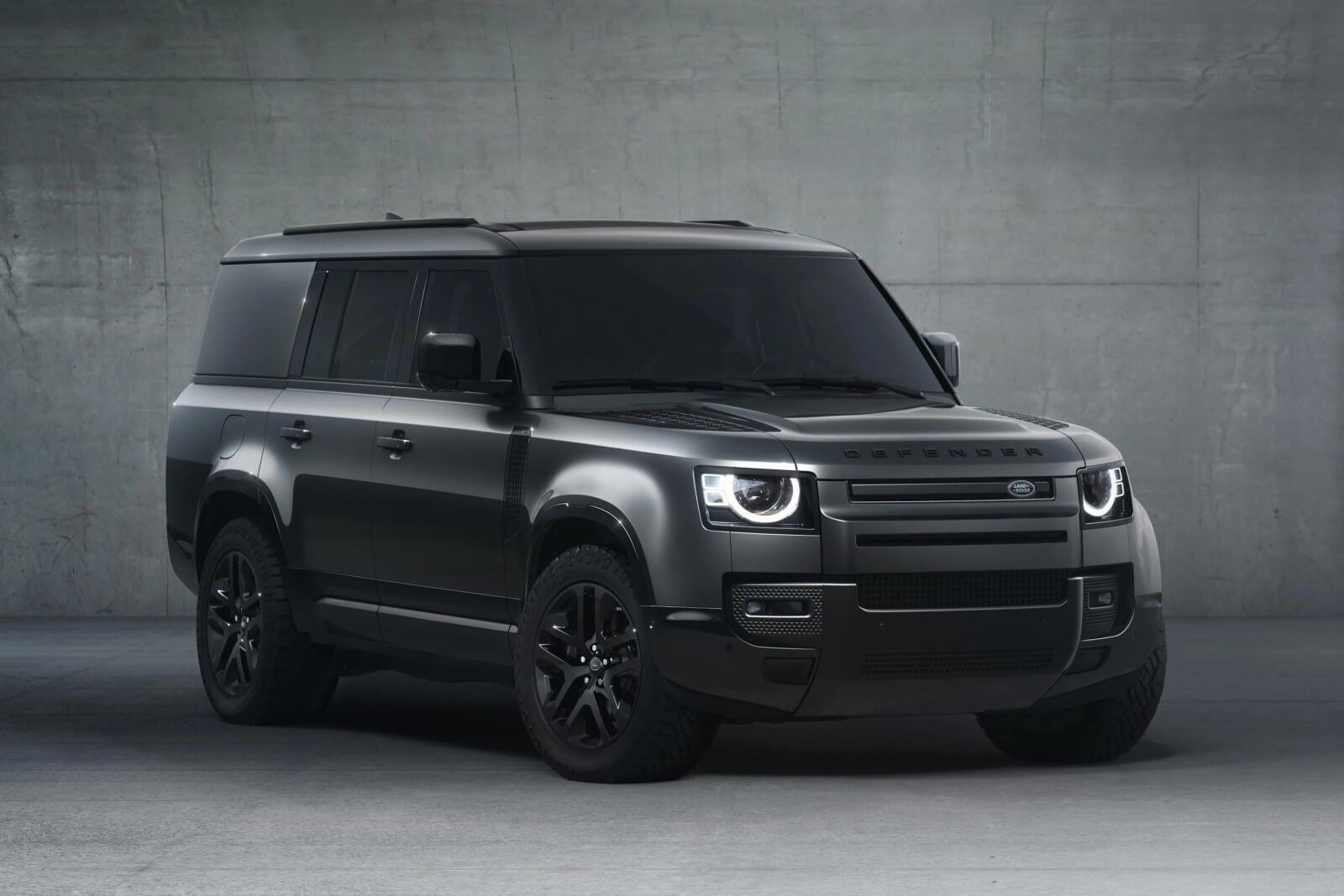The arrival of the third-generation Nissan Qashqai brings about significant enhancements in design, technology, refinement, and performance. With these notable improvements, the question arises: Could this be the new frontrunner in its class? The upgraded
Pros
- Classy and premium interior design
- Impressive safety features and credentials
- Dual-floor boot provides flexible storage options
- Wide opening back doors for easy access
- Surround-view camera system enhances visibility and maneuverability
Cons
- Relatively high price compared to rivals
- Engine requiring costly premium unleaded fuel
- Potentially expensive ownership costs
- Irritating "elastic" connection between accelerator and engine response
- Stiff ride quality, especially on rough roads
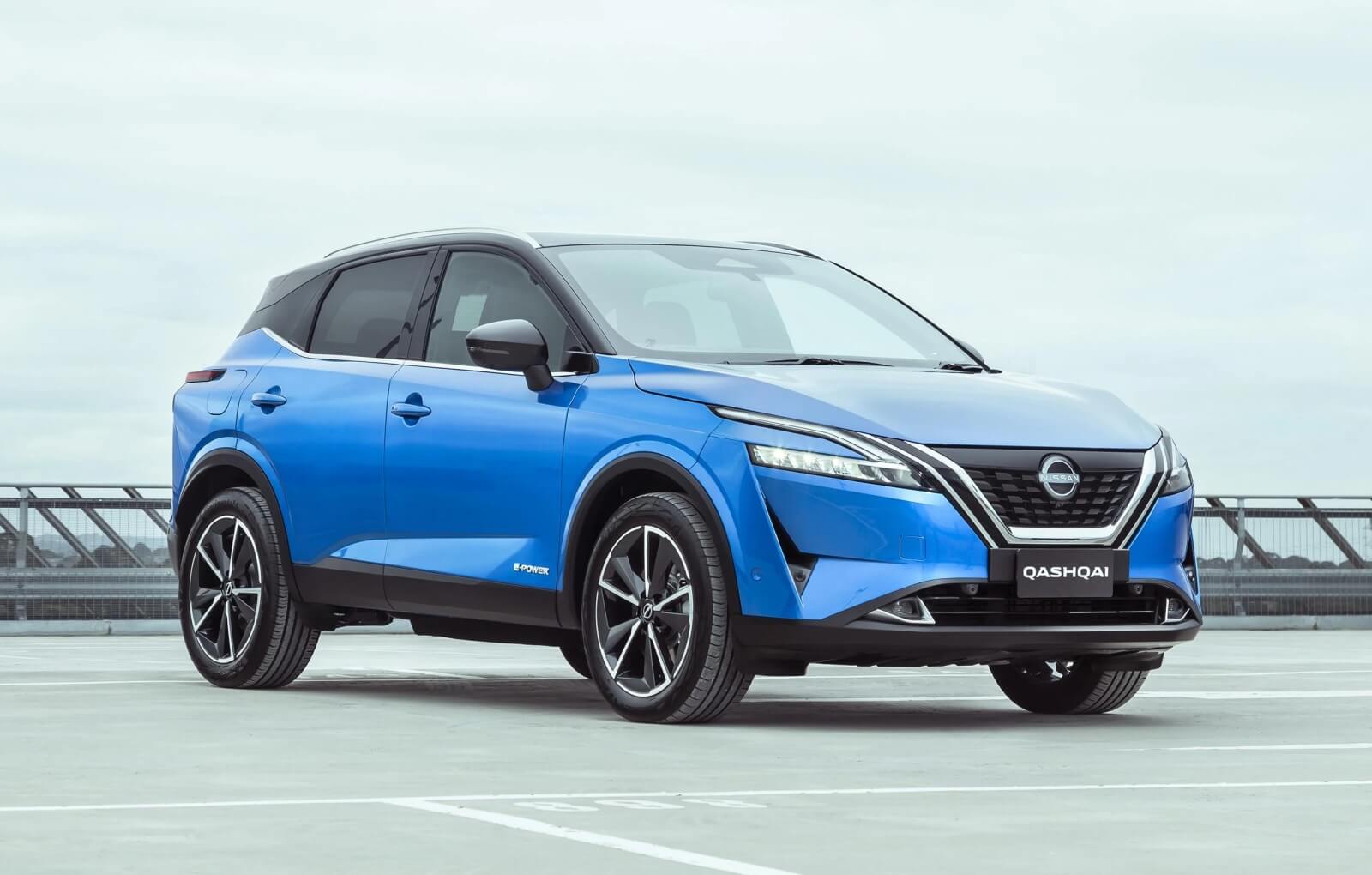
What are the prices for the Nissan Qashqai?
2023 Nissan Qashqai pricing:
Nissan Qashqai ST: $33,890
Nissan Qashqai ST+: $37,890
Nissan Qashqai ST-L: $42,190
Nissan Qashqai Ti: $47,390
Prices are before on road cost
The 2023 Nissan Qashqai Ti offers a premium experience with its higher price tag of $47,390 (plus on-road costs). While the Ti grade is significantly more expensive than the lower ST-L variant, it justifies the price with a range of additional features and advanced technology.
Compared to its competitors such as the Toyota Corolla Cross, Honda ZR-V, Kia Seltos, Hyundai Kona, Mazda CX-30, and even some entry-level premium models like the Cupra Formentor, Audi Q2, and Lexus UX, the Qashqai Ti provides a competitive offering in terms of equipment and specifications.

What’s under the bonnet?
Currently, the Ti is equipped with a 1.3-litre four-cylinder turbocharged petrol engine, delivering 110kW of power (at 5500rpm) and 250Nm of torque (between 1600-3750rpm). This engine provides ample performance, comparable to the base model of the VW Tiguan Allspace seven-seater. The Ti variant comes with a continuously variable transmission (CVT) automatic and is only available in front-wheel drive.
In addition to the existing powertrain, Nissan plans to introduce another option, the e-Power hybrid, for the Ti grade (and possibly other variants) by the end of 2023. This unique hybrid system utilizes a 1.5-litre turbo-petrol three-cylinder engine as a generator to charge the battery pack and assist the electric motor at the front axle through an inverter.
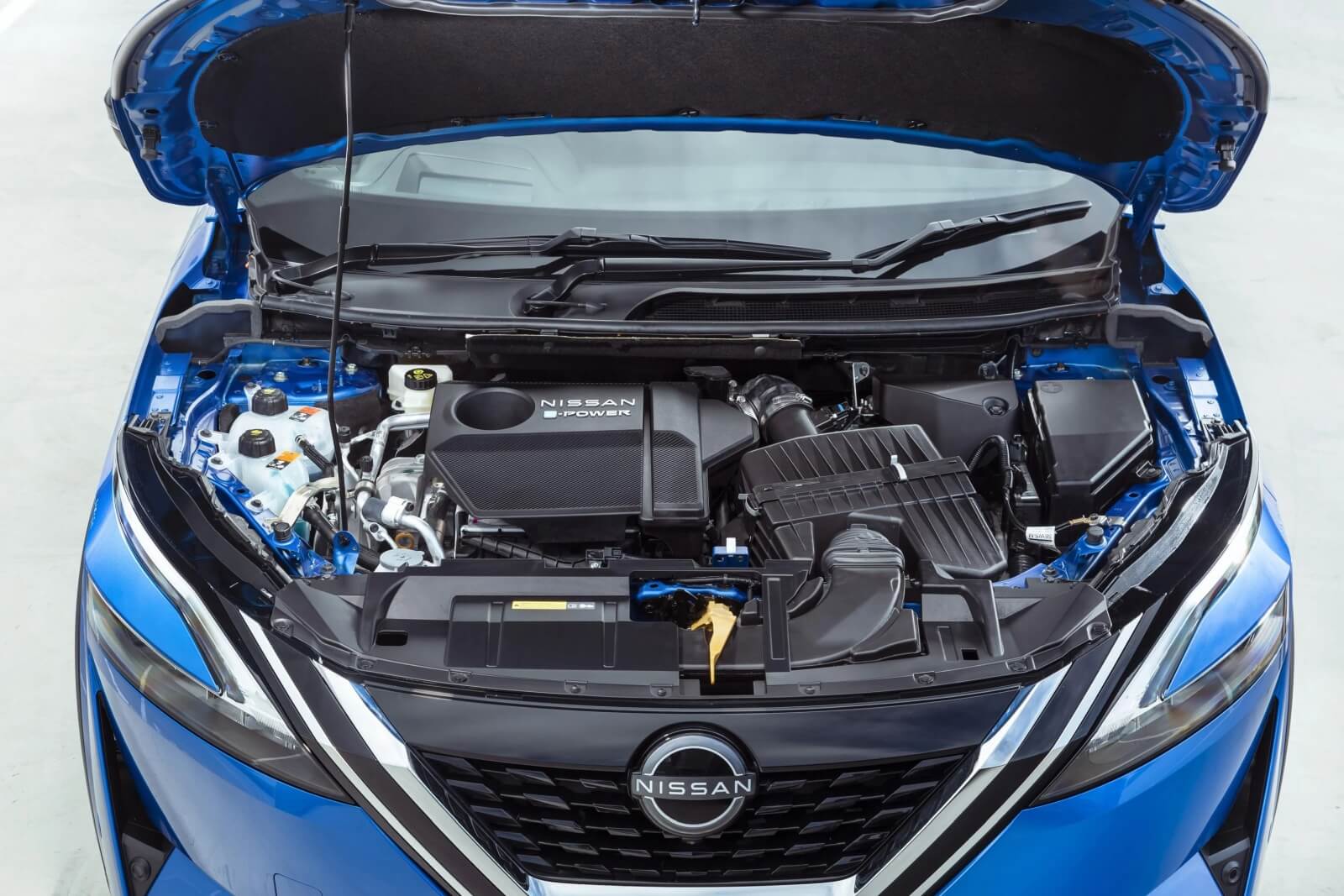
How does the Nissan Qashqai drive?
The 2023 Nissan Qashqai represents a completely new car from the ground up, rather than a facelift of the previous model. Nearly every aspect of the Qashqai has been redesigned for the new generation.
While the engine is smaller, the addition of a turbocharger provides stronger performance. Power has increased by 4kW to 106kW, and torque has seen a significant 25% boost from 200Nm to 250Nm. This translates to a noticeable improvement in acceleration and overall strength compared to the previous small SUV model.
The one-speed continuously variable transmission (CVT) in the Qashqai has also been updated and works smoothly. Thanks to the engine's ample torque, the RPMs don't need to rev excessively, resulting in a more refined driving experience. The CVT performs well and doesn't suffer from the harsh flaring and blaring often associated with this type of transmission.
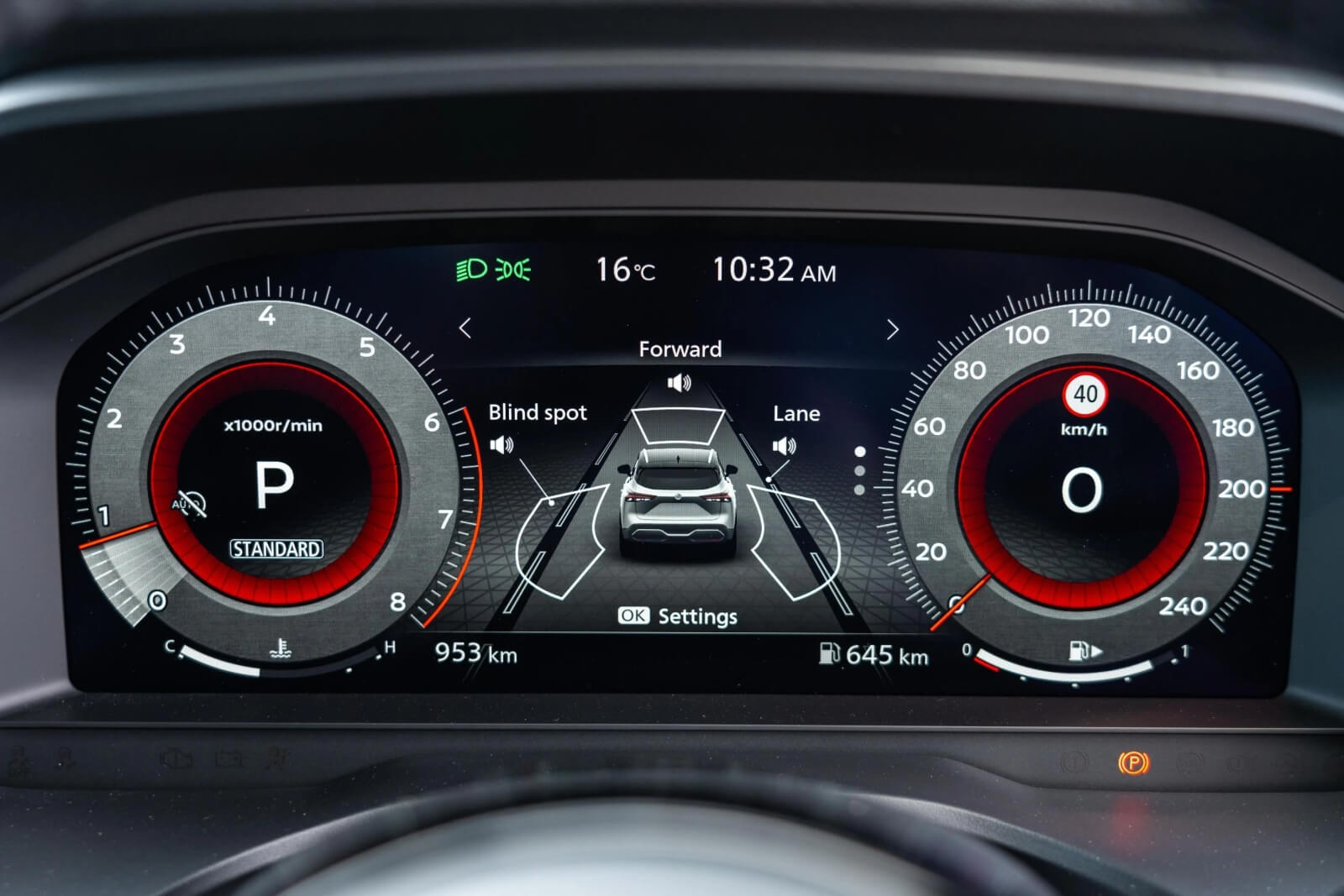
In the future, Nissan plans to introduce an even more potent variant of the Qashqai in the form of an E-Power hybrid model. This hybrid will offer 140kW of power and 330Nm of torque, utilizing a unique petrol-electric system where the 116kW 1.5-liter engine primarily acts as a generator.
However, the drivetrain does have some flaws. There is a noticeable delay in the engine's response to accelerator inputs, creating a somewhat elastic relationship between the pedal and engine behavior. It takes a moment for the engine to calm down when you release the throttle and a few moments to respond when you accelerate again. This characteristic can make it challenging to maintain speed on hills or adjust the speed to match traffic.

The Qashqai offers three driving modes – Eco, Normal, and Sport – which can enhance the engine's responses to some extent, although not completely. The modes seem to have a more significant impact on the CVT's behavior, making the powertrain feel livelier. However, the elastic responsiveness remains present.
In terms of ride quality, the Qashqai Ti variant comes equipped with 19-inch wheels and 235/50 R19 tires. The ride can feel quite stiff on higher-speed country roads with poor surfacing. However, at lower speeds in urban environments, the stiff ride is less apparent. If you frequently drive on roads with numerous potholes and sharp edges, alternative models like the Mazda CX-30 or Skoda Karoq may provide a more comfortable driving experience.
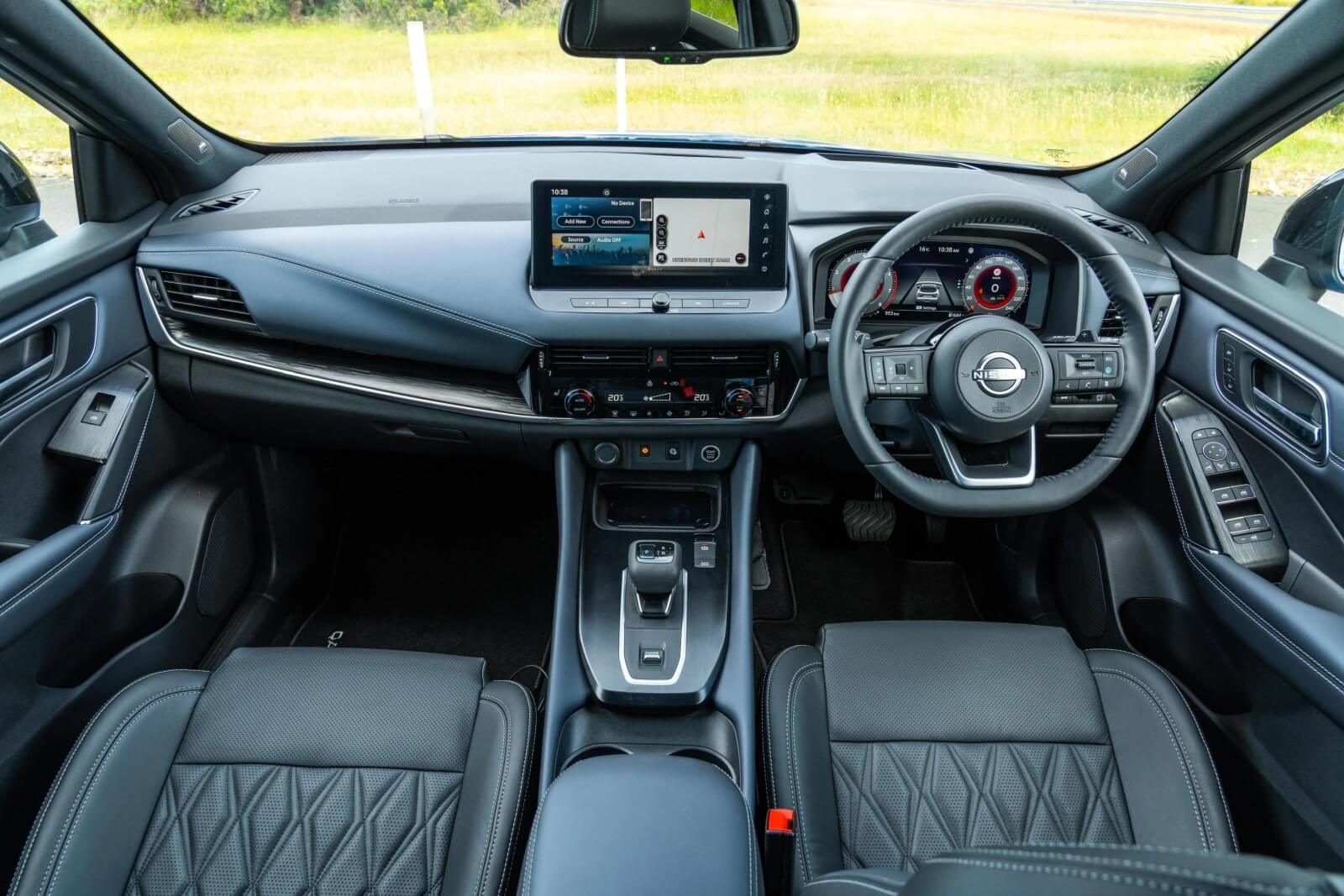
What is the Nissan Qashqai like on the inside?
The evolution of small SUVs over the past decade has been remarkable. Previously built on a budget, the new Qashqai and its competitors have elevated themselves into the premium segment. This shift is due to their appeal not only to young, active individuals and couples but also to empty-nesters, downsizers, and retirees.
With a price tag of $52,006 including on-road costs (which may vary by location), the Qashqai Ti grade makes a strong impression. Its interior features a large 12.3-inch central screen that complements the digital driver display of the same size, creating a modern and up-to-date ambiance. The high-resolution graphics and user-friendly software of Nissan's new infotainment system, along with stable wireless Apple CarPlay connectivity, add to the overall experience. The Ti grade also boasts an exclusive Bose premium stereo system with outstanding audio quality.

Stepping inside the Qashqai, you'll appreciate the sense of value for money, even at the given price. The combination of premium materials, including leather, along with subtle ambient lighting and spacious digital displays, exudes a classy and high-quality feel. The front seats offer heating and massage functions, while the driver's seat is electrically adjustable, striking a balance between comfort during long journeys and stability during cornering.
In terms of storage, the Qashqai provides ample options, including a decent cubby under the center armrest, two cupholders in the middle, and bottle holders in each door pocket. Moving to the back seat, which maintains a premium feel despite the absence of fancy screens, you'll find good headroom, legroom, and underseat foot room. Additional features include air vents, USB ports, and seatback map pockets for added comfort and convenience.
The Qashqai's tailgate features electric opening and closing, a hands-free 'kick to open' function, and a close and lock button. The boot offers a decent size of 418 liters, with subfloor wet areas, floor dividers, shopping hooks, and a 12-volt outlet, all exclusive to the Ti grade. For larger cargo needs, the seatback folds in a 60/40 split configuration.
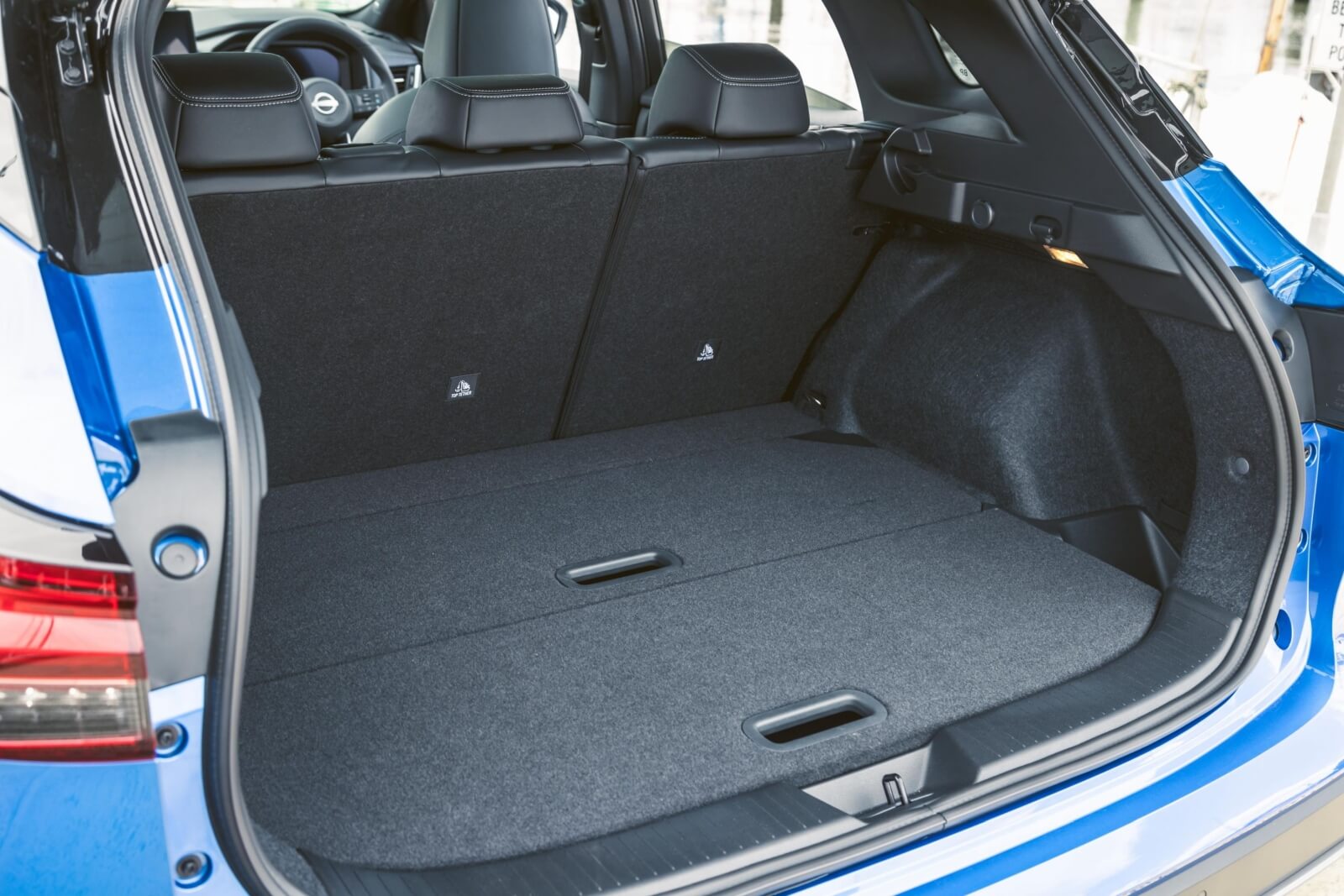
Is the Nissan Qashqai safe?
The Nissan Qashqai holds a maximum five-star ANCAP safety rating, which was awarded in 2021. With high scores in adult and child occupant protection (91%), vulnerable road-user protection (70%), and safety assist features (95%), the Qashqai provides a strong level of safety and reassurance for both the driver and passengers.
Standard safety features include:
7 airbags incl. front-centre
Autonomous Emergency Braking (AEB)
Pedestrian, Cyclist detection
Junction assist
Reverse AEB incl. Pedestrian detection
Active speed limiter
Adaptive cruise control
Blind-spot monitoring
Rear cross-traffic alert
Forward collision warning
Lane departure warning
Lane keep assist
Rear parking sensors
Reversing camera
Traffic sign recognition
Tyre pressure monitoring

Qashqai ST+ adds:
Intelligent Around View Monitor (360 cameras)
Moving Object Detection
Qashqai ST-L adds:
Front parking sensors
ProPILOT (lane centring)
Alarm system
Qashqai Ti adds:
Intelligent Park Assist (semi-auto park)
Side parking sensors

How much does the Nissan Qashqai cost to run?
The Nissan Qashqai has servicing costs of $1467 over three years, $2494 over four years, or $2916 over five years. While this may not seem excessive, competitors like the Mitsubishi Eclipse Cross ($299 per year), Toyota Corolla Cross ($250 per year), and Honda HR-V ($125 per year) offer more affordable options.
Nissan provides five years of roadside assistance and a manufacturer warranty that covers unlimited kilometres for five years.
It's worth noting that the Qashqai requires more expensive 95-octane premium unleaded fuel, which can cost between 10c and 20c per litre more than regular unleaded.
While Nissan claims a fuel consumption figure of 6.1 litres per 100km, our own testing resulted in an average of 7.5 litres per 100km over a distance of 300km.
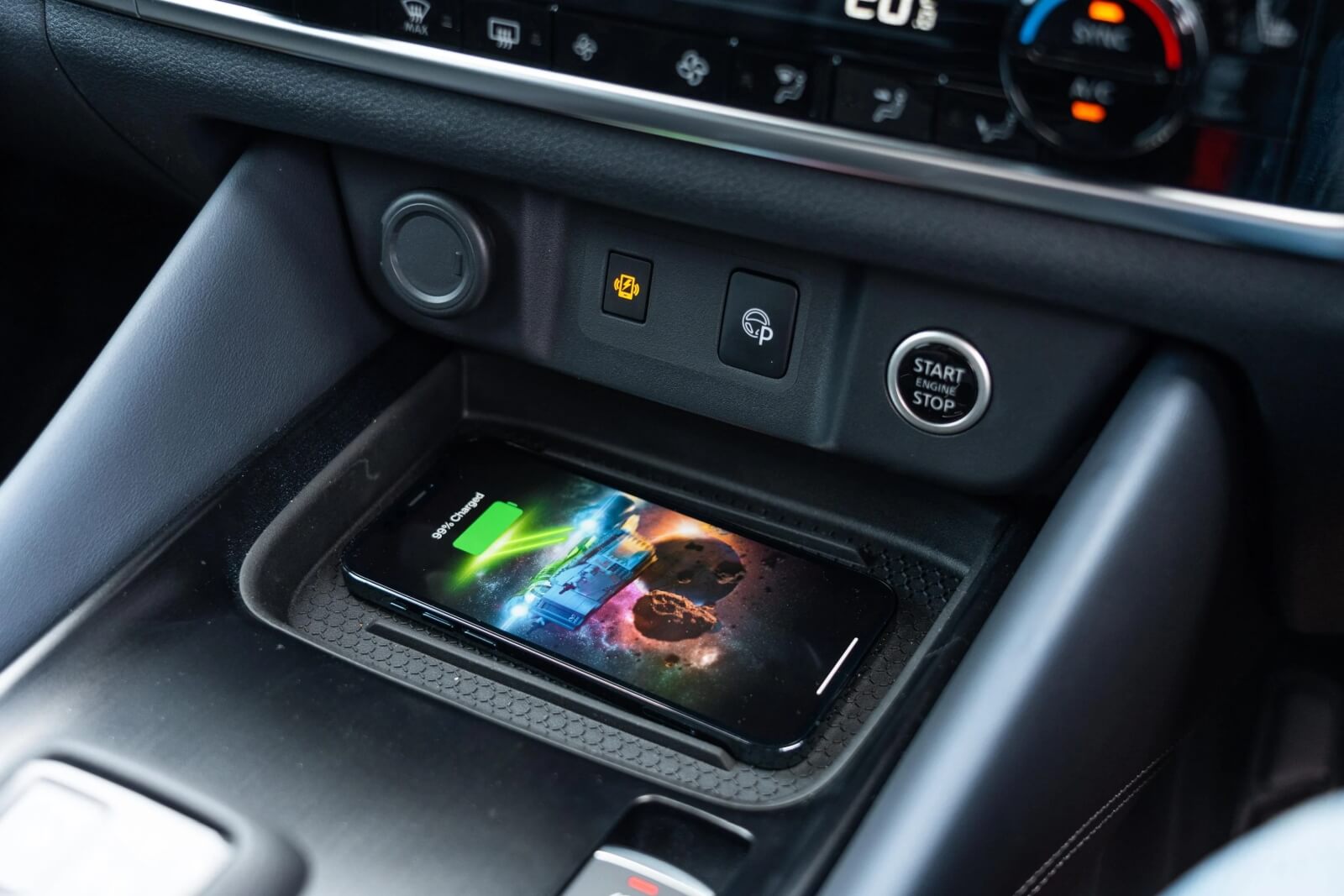
Yeecar’s Take on the Nissan Qashqai
The new Nissan Qashqai saw a significant price increase of up to $8300 compared to its predecessor when it was launched in October 2022. Such a price hike can be substantial for a vehicle in the $30,000 to $50,000 price range.
However, the new Qashqai offers a compelling package with advanced technology, features, and equipment that justify the higher price. In addition, the vehicle delivers improved real-world performance and efficiency, as well as enhanced interior space and comfort, which further adds to its value proposition.
The Nissan Qashqai was one of the pioneers in the small SUV segment, previously known as the Dualis. However, with the market now saturated with competitors, the new Qashqai faces stiff competition from other strong contenders.
While the Qashqai offers solid driving dynamics and a commendable turbo engine/CVT combination, its fuel economy falls short of expectations. The upcoming Qashqai hybrid may address this issue, albeit at a higher price point.
Considering its overall package, the Nissan Qashqai is definitely worth considering and should be included on your list of test drives.

